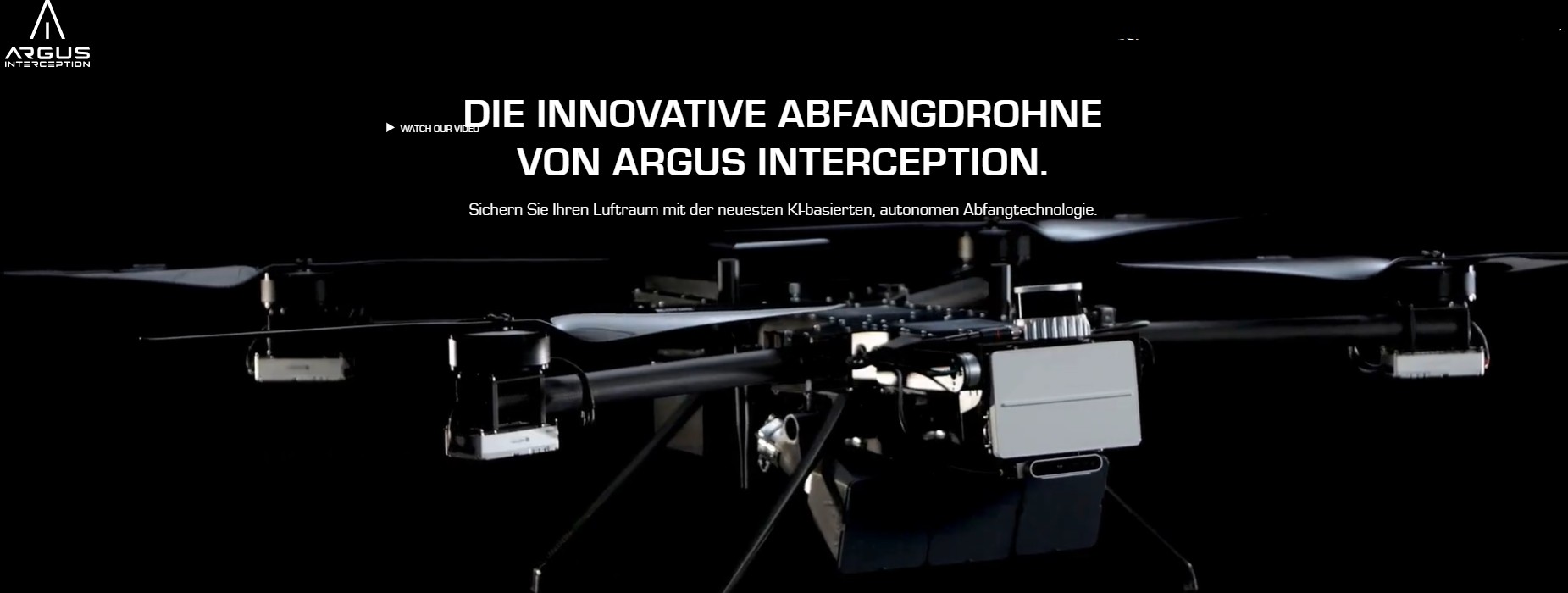China’s “Drone Mothership” Jiu Tian - the Rise of Strategic Swarm Warfare
.png)
China is once again pushing the boundaries of autonomousmilitary aviation. At the Zhuhai Air Show, the nation revealed its mostambitious drone project yet: the Jiu Tian—literally translated as “High Sky”—a massive unmanned aerial vehicle designed not just to fly highand far, but to serve as an airborne drone carrier. Dubbed by internationalobservers as a “drone mothership,” the Jiu Tianpresents a radical leap forward in unmanned warfare concepts, signaling China’s readiness to deploy large-scale swarm tactics anddecentralized airborne assets across long distances and contested airspaces.
What makes the Jiu Tianexceptional is not only its size or its endurance, but its purpose. It’s not a surveillance drone, nor merely a strike platform—it’s a launchpad. Built to carry up to100 AI-enabled loitering munitions, Jiu Tianacts as an aerial base for drone swarms that can be launched mid-flight andguided independently or semi-autonomously to their targets. The very idea of amothership hovering at 50,000 feet, controlling swarms of smaller drones acrossa 4,300-mile operational radius, moves China’s capabilities closer to thestrategic flexibility once reserved for manned platforms like aircraft carriersor heavy bombers.
Designed by the Aviation Industry Corporation of China(AVIC) in partnership with Xi’an Chida Aircraft Manufacturing, Jiu Tian is a high-altitude,long-endurance (HALE) UAV with a massive 25-meter wingspan and a maximumtakeoff weight of approximately 16 tonnes. It can haul up to 6 tonnes of totalpayload, stored internally or under eight wing-mounted hardpoints. The aircraft’sfuselage includes specialized launch cells that can eject loiteringdrones—effectively “kamikaze” UAVs that loiter in a combat zone, identifytargets with AI image recognition, and dive in for lethal impact. Additionalhardpoints allow for traditional air-to-air and air-to-ground missiles, ormodular pods tailored for electronic warfare, communications relays, or ISRsensors.
At first glance, the design evokes the strategic utility ofa heavy bomber, but with none of the crew requirements or direct risk to humanpilots. The autonomy built into the Jiu Tiansystem is key to its battlefield promise. Operating at altitudes of up to15,000 meters (50,000 feet), the drone can remain aloft far from frontlinethreats, out of reach of most man-portable air-defense systems (MANPADS) andmany mid-tier surface-to-air missile (SAM) systems. From this height, it candeploy swarm drones well behind enemy lines, providing both surgical strikecapabilities and the ability to overwhelm adversaries through sheer volume. Thedrones it carries are believed to be capable of independent navigation, machinevision-based target recognition, and coordinated swarm behavior, raising thetactical bar significantly.
The Chinese military media has framed Jiu Tian as a multipurpose asset. Inaddition to swarm deployment, the drone mothership can fulfill reconnaissance,border patrol, maritime surveillance, and emergency communications roles. Itslarge payload capacity and modular internal bay structure allow operators toswitch between mission profiles rapidly. While it has drawn attention for itsoffensive potential, especially in scenarios such as a Taiwan conflict oroperations in the South China Sea, Chinese defense officials have alsoemphasized its civil and dual-use potential.
The first flight of Jiu Tianis scheduled for late June 2025, with state media suggesting that preliminaryground tests and simulated swarm launches have already taken place. Industryobservers and military analysts will be watching closely. This moment will be alitmus test for both the technical viability and the military utility of dronecarrier platforms. There are many unknowns—particularlyaround swarm coordination in GPS-degraded environments, secure communicationbetween drones, and the effectiveness of autonomous targeting under battlefieldconditions.
There are, of course, limitations. For all its promise, Jiu Tian remains a large, slow, andlikely non-stealthy target. Its radar cross-section will be significant, and incontested environments with advanced air defenses, it could be vulnerable.Critics also point out that managing 100 drones in real-time poses enormouschallenges in bandwidth, control latency, and electromagnetic signaturemanagement. Sophisticated adversaries might jam communications or even hijackcontrol signals if not properly secured. Moreover, launching drones from highaltitudes imposes performance trade-offs: smaller loitering munitions maystruggle with crosswinds, reduced payloads, or short time-to-target ifdescending from 15,000 meters.
Nonetheless, what Jiu Tianrepresents cannot be understated. It embodies a shift from platform-centricwarfare to networked, distributed lethality. Instead of relying on a singleexpensive asset to perform multiple roles, China is embracing a modular,multi-node approach that increases redundancy and reduces systemicvulnerability. If one drone is shot down, ninety-nine others may still completethe mission. If Jiu Tianproves viable, China could field entire fleets of these motherships, eachacting as a force multiplier in contested airspace.
International reaction has been swift. Defense analysts inthe U.S., Japan, and Taiwan have highlighted the strategic implications of sucha system, especially in a potential cross-strait conflict where controlling theair and sea lanes is paramount. While Western powers have invested heavily indrone technology, few have unveiled something comparable in scale oroperational vision. The closest parallel is the U.S. Air Force’s Rapid Dragonconcept, which involves deploying palletized drones from C-130 aircraft.However, those systems are less autonomous and currently lack an airborne,reusable launch vehicle like Jiu Tian.
There’s also a symbolic aspect. The drone mothership is notjust a military tool; it’s a geopolitical statement. By unveiling this platformat Zhuhai, China is positioning itself not only as a technological equal to theWest but also as a thought leader in the future of autonomous conflict. Jiu Tian is proof that China is notjust catching up—it’sinnovating.
As the global military landscape evolves, the introductionof Jiu Tian marks asignificant inflection point. Whether it becomes a staple of futurebattlefields or an experimental dead end remains to be seen. But its veryexistence forces a recalibration of how wars may be fought in the next decade.Drones are no longer just small, expendable gadgets. In China's vision, theyare strategic assets—networked, intelligent, and deployedat scale from high above the clouds.
The coming months will determine how real that vision is. Ifthe June test flights succeed, and operational trials prove consistent, Jiu Tian could mark the beginning ofa new chapter in global airpower—one wheremotherships fly silently overhead, unleashing coordinated waves of autonomousweapons onto the battlefield below.





